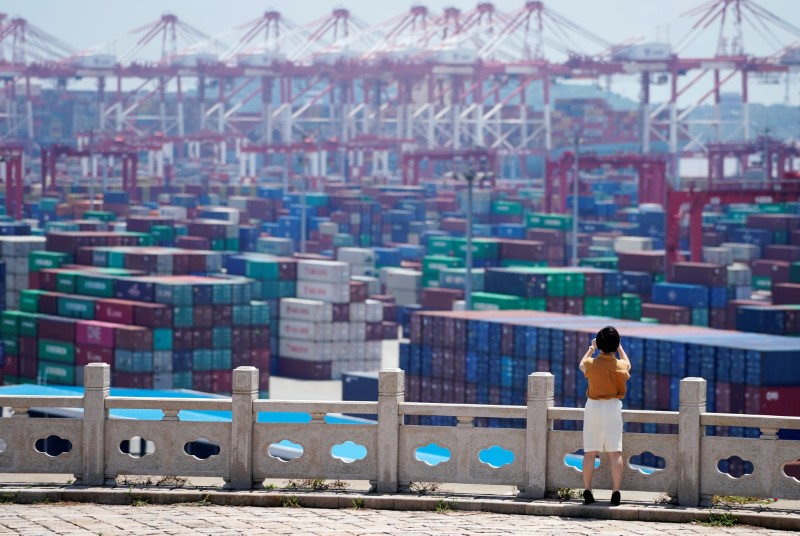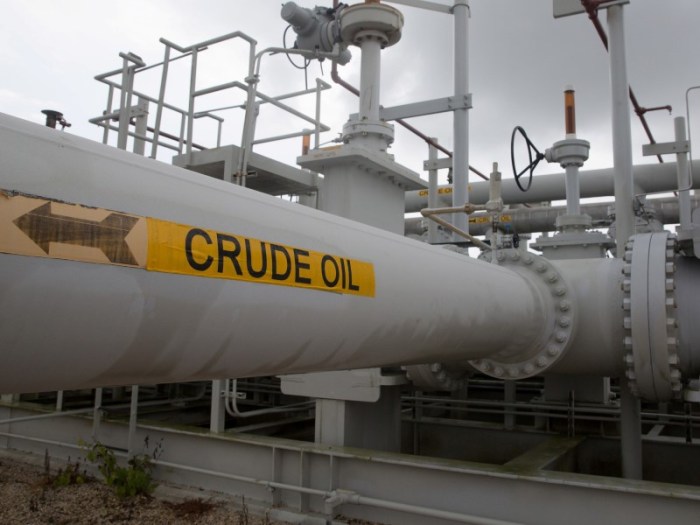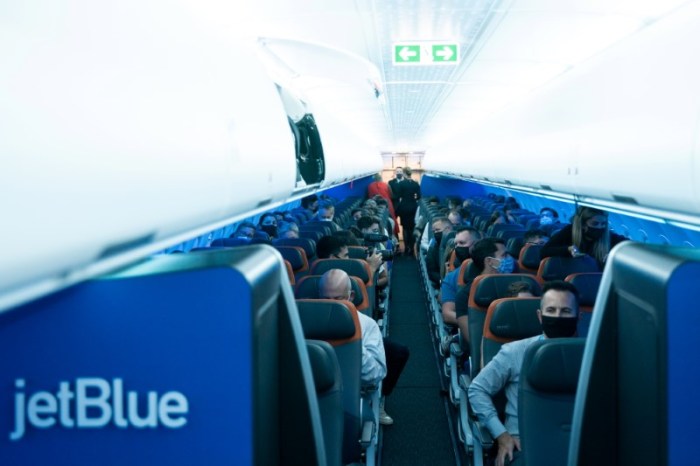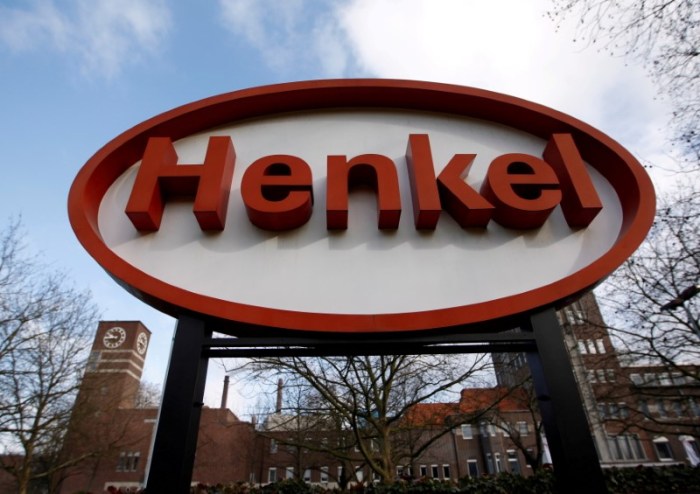BEIJING/SINGAPORE (Reuters) – Congestion off China’s top two container ports Shanghai and Ningbo is worsening following the shutdown of a container terminal in Ningbo where a COVID-19 case was detected this week.
Tighter restrictions to fight China’s latest coronavirus outbreak are starting to hit more parts of the economy. The highly transmissible Delta variant has been detected in more than a dozen cities since late July.
Forty container vessels were waiting at the outer Zhoushan anchorage on Thursday, up from 30 on Aug. 10 when a worker at the Meidong container terminal tested positive for COVID-19, data tracked by Refinitiv showed.
Meidong terminal has suspended all operations since early Wednesday, while other terminals in Ningbo imposed restrictions limiting the number of people and cargos entering port areas.
Meidong’s owner Ningbo Zhoushan Port Co Ltd said in a statement on Thursday it would divert the vessels due to call at Meidong to other terminals in Ningbo and will coordinate with other ports to ease the backlog.
(GRAPHIC – Container vessel congestion builds off Shanghai, the world’s busiest container port: https://fingfx.thomsonreuters.com/gfx/ce/jnpwegmqzpw/ContainerCongestionMapAug2021.png)
Shipping company CMA CGM put out a note on Thursday saying that some vessels will be re-routed to Shanghai or skip port calls at Ningbo. Hapag-Lloyd [HLAG.DE] expects the suspension in Meidong to cause delays in some planned sailings, according to a company statement.
Ningbo Zhoushan port said operations at its other terminals in Ningbo remained normal.
Ports in nearby Shanghai, where many vessels are being re-routed, are seeing the worst congestion in at least three years. About 30 vessels are queuing outside Yangshan port, a key container terminal in Shanghai, Refinitiv data showed.
(GRAPHIC – Container throughput at Shanghai & Ningbo ports: https://fingfx.thomsonreuters.com/gfx/ce/zdpxoymlkvx/ShanghaiNingboContainer.png)
Ports in eastern China have been resuming operations and clearing backlogs following typhoon In-Fa, which dented container handling volume by 10% in late July from the same period last year, according to data from China Ports and Harbours Association.
The latest jams follow massive disruptions to container handling in southern China in June, when ports near Shenzhen imposed stringent COVID-19 containment measures leading to dozens of container vessels stuck in traffic.
(GRAPHIC – Vessel congestion surges off Shanghai & Ningbo’s main ports after COVID outbreaks: https://fingfx.thomsonreuters.com/gfx/ce/znvnedwyqpl/VesselCongestionoffShanghai.png)
The latest wave of port congestion in eastern China could further drive up container shipping rates, which recently topped $20,000 per 40-foot box for the first time on the critical China-U.S. route as rising retailer orders ahead of the peak U.S. shopping season added strain to global supply chains.
“Businesses should be acting now to make contingency plans for the holiday season. There is a real risk that in 2021 consumers will have the cash to spend but that retailers will struggle with availability of stock, volatility of costs and their own financial viability,” said Simon Geale, executive vice president at Proxima, a supply chain consultancy.
(Reporting by Muyu Xu in Beijing and Gavin Maguire in Singapore; Editing by Kim Coghill and David Evans)
























